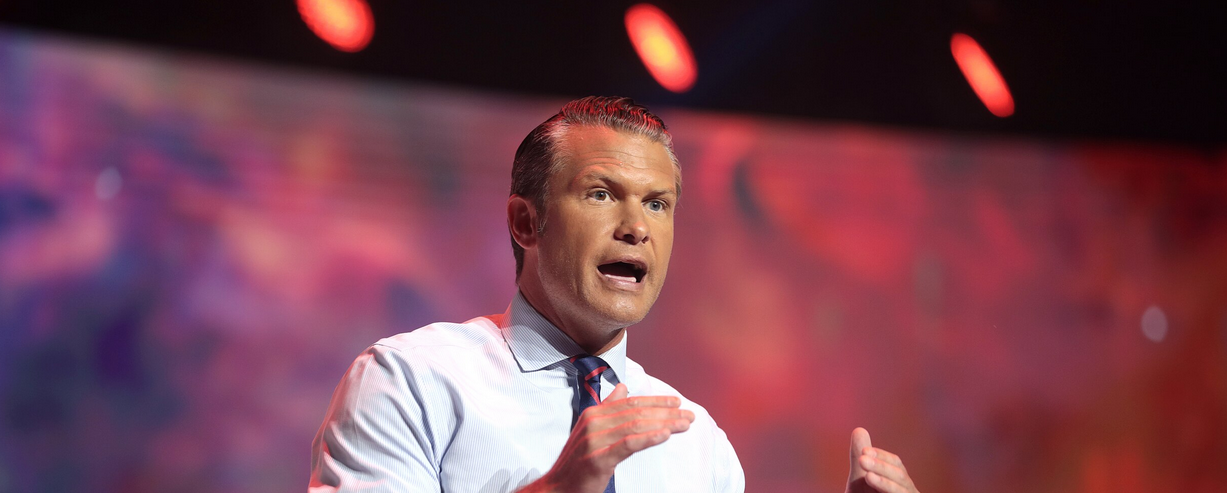Photos: Facebook\YouTube Screenshots
Using the Census Bureau’s Annual Business Survey (ABS) data on employer firms (those that have at least one employee), this third installment of Brookings Metro’s series of reports on Black-owned businesses focuses on the overall state of those firms across U.S. metropolitan areas. These reports are in support of the Path to 15|55 initiative, which endeavors to transition 15% of Black-owned sole proprietorships into employer firms, adding $55 billion to the U.S. economy.

The ABS data, collected in 2020, allows for an in-depth analysis of employer firms during the initial stages of the pandemic. In addition, this report places a spotlight on employer firms owned by Black women. We find that:
In 2020, Black people represented 14.2% of all Americans but only 2.4% of all employer-firm owners. Latino or Hispanic people represented 18.7% of the population and 6.5% of employer-firm owners, while Asian Americans represented 6% of the population and 10.6% of employer-firm owners.1 From 2019 to 2020, Black-owned businesses grew by 6,351 firms, or 4.72%—behind Latino or Hispanic (8.19%) and Asian American (5.33%) firms, but above white-owned businesses, which shrunk by 0.9%.
Black business growth was trending upward before the COVID-19 pandemic. From 2017 to 2020, the number of Black-owned businesses across the country increased by 13.64%—larger than all businesses in general, which increased by 0.53% over the same period. Black-owned firms brought in an estimated $141.1 billion in gross revenue in 2020—an 11% increase since 2017.
More so than other racial groups, Black-owned businesses had pronounced increases in revenue, employees, and payroll. In 2020, Black business owners employed 1.321 million people, and created 48,549 new jobs—adding an additional $1.7 billion in aggregate payroll to the U.S. economy.
If Black business ownership continues to grow at its current rate (4.72%), it will take 256 years to reach parity with the share of Black people in America—a timeline that leaves racial wealth gaps entrenched. Reaching parity in 15 years would take a 74.4% growth rate; for 25 years, a 44.6% growth rate; and for 50 years, a 22.3% growth rate.
The 10 metro areas with the highest proportional representation of Black-owned businesses are all in the Southeast, including three in North Carolina. However, in 2020, as in previous survey years, no metro area had a share of Black employer firms equal to or greater than its share of Black residents.
Despite the impacts of COVID-19, from 2017 to 2020, the number of employer businesses owned by Black women rose to 52,374—encompassing 37.2% of all Black-owned businesses and representing an increase of 1.41 percentage points. However, though Black women accounted for about 7% of the total U.S. population and 13.9% of American women in 2020, they only owned 0.91% of all businesses and 4.23% of women-owned businesses.
A comparatively substantial portion (37.9%) of all Black women business owners have an advanced degree, including 19.1% with master’s degrees. This is more than 10 percentage points higher than the national average of 23.5%.
Though far from equitable, the rate of business ownership for Black women is growing rapidly. Black-women-owned employer businesses increased by 18.14% between 2017 and 2020—outpacing women-owned businesses (9.06%) and Black-owned businesses (13.64%). These trends parallel the growth in small sole-proprietor businesses owned by Black and Latino or Hispanic women. However, the extent to which this growth rate is the result of structural changes in the business and lending sectors that have made room for more inclusive growth is questionable. A closer evaluation of these trends could help develop more intentional strategies to uplift these businesses and promote further growth.







